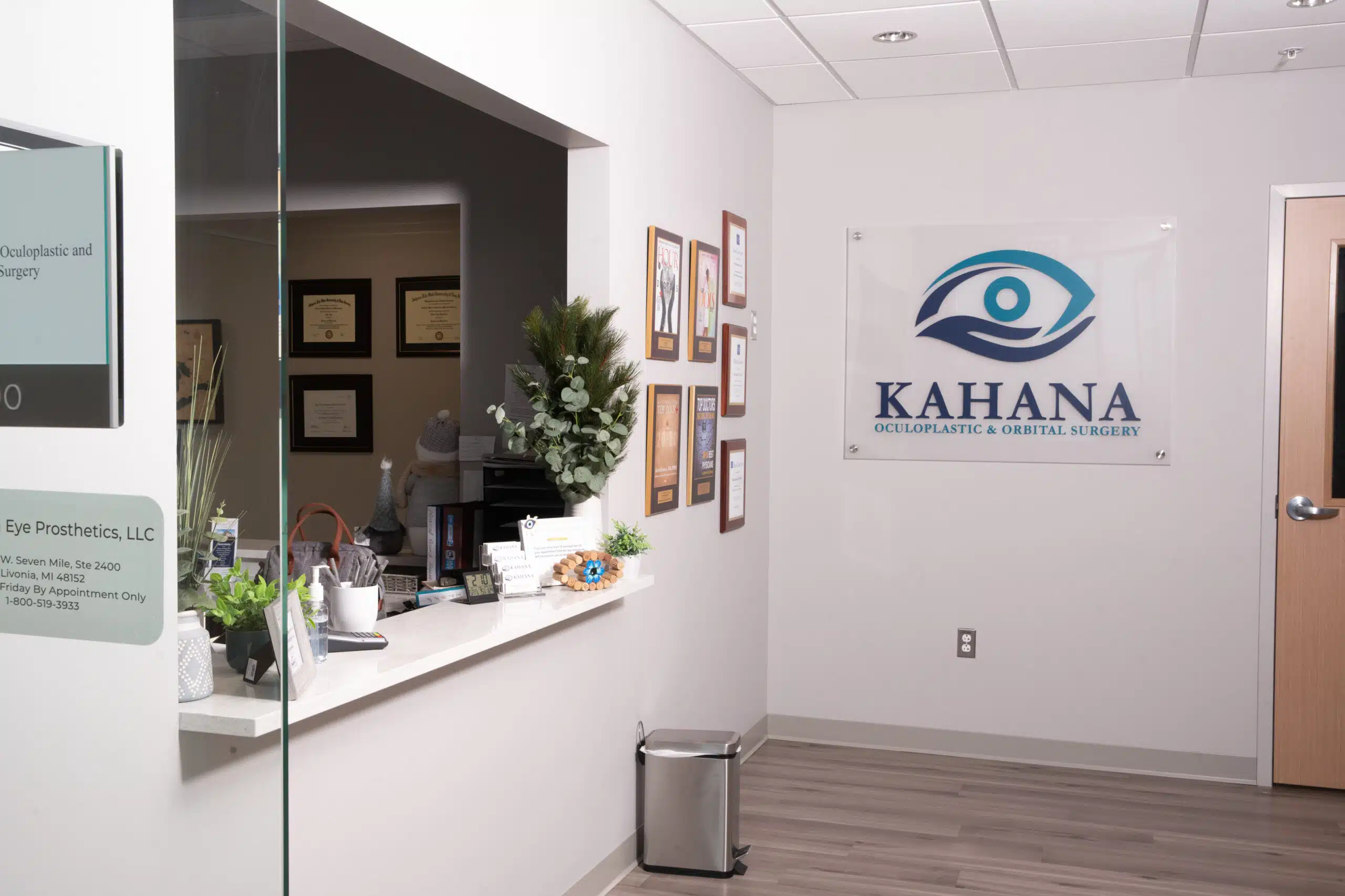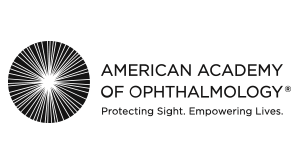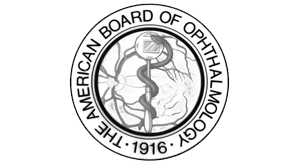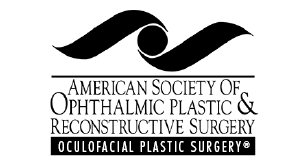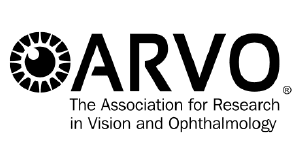Eyelid Malpositions


When the eyelids are not well opposed to the eyeball or are rotated into or away from the eye, it can lead to eye irritation, tearing, and blurry vision. Due to a variety of causes, including floppy eyelids, eyelid laxity, previous eyelid surgery, or other abnormalities, the eyelids may turn inward (entropion) or outward (ectropion). These are known as eyelid malpositions.
Additionally, the upper or lower eyelids can become retracted due to different factors, such as prior cosmetic surgery or thyroid eye disease. Often, eyelid malposition can be surgically corrected. A thorough exam and history will help tailor the surgical approach to your eyelid malposition for the best results.
Eyelid ectropion is when the lower eyelid turns outward, exposing the inner eyelid surface. This malposition, often age-related, results from the relaxation or weakening of the eyelid’s connective tissues, though it can also arise from facial nerve paralysis, scarring from injury, or previous surgeries.
Ectropion disrupts the normal distribution of tears across the eye, leading to symptoms like excessive tearing, chronic eye irritation, redness, and a burning sensation.
In severe cases, it can cause damage to the cornea, the eye’s central window of clarity, due to exposure and drying. This condition is more common in older adults but can affect individuals of any age, depending on its cause. Beyond physical discomfort, ectropion can impact a person’s appearance and self-confidence.
Initial treatment typically involves lubricating eye drops or ointments to alleviate dryness and irritation. Ultimately, surgical intervention can correct the eyelid position, thus restoring function and appearance.
Watch the Entropion, Ectropion Repair Video from the American Academy of Ophthalmology.
Eyelid entropion is a condition in which the eyelid, most commonly the lower lid, turns inward. This causes the eyelashes and skin to rub against the cornea and conjunctiva. This inward folding is often a result of age-related tissue relaxation and laxity, muscle weakness, or scarring from inflammation or injury.
Entropion can lead to discomfort and pain, as the constant friction of the lashes against the eye surface causes irritation, redness, tearing, and sensitivity to light and wind. In severe cases, it may result in corneal abrasion (“eye scratch”), infection, or ulceration, posing a risk to vision. The condition primarily affects older adults but can also occur in any age group due to congenital factors, trauma, or various inflammatory conditions. Patients with entropion typically report a foreign body sensation in the eye and may frequently rub their eyes for temporary relief.
Treatment options range from temporary measures, such as taping the eyelid, to surgical procedures that aim to reposition the eyelid, offering more permanent solutions.
A unique congenital version of entropion occurs in young children called epiblepharon. The surgery to repair congenital entropion is somewhat different from correcting age-related entropion.
Watch the Entropion, Ectropion Repair Video from the American Academy of Ophthalmology.
Floppy eyelid syndrome occurs in patients who have lax connective tissues. This is often associated with obstructive sleep apnea. Floppy eyelids, as the name suggests, are too floppy and lax to provide sufficient protection to the eye. In the short term, floppy eyelids are treated with warm compresses to soften the oil in the glands and ocular surface lubrication with drops and gels. Definitive treatment requires surgery
Both the upper and lower eyelids can be “floppy.” However, the treatment is different. For severe upper eyelid laxity, the cause is usually stretching of the inner aspect of the eyelid. This is surgically tightened through a procedure called “wedge excision.” The lateral tendon tightening is added only if necessary. Lower eyelid laxity is caused by a combination of laxity of the inner (medial) and outer (lateral) tendons. The amount of correction of each tendon is customized to each patient based on their clinical exam findings.
Upper eyelid retraction is caused either by severe loss of skin (from trauma or prior surgery) or from scarring of the eyelid opening muscles (Levator and Muller muscles). This causes exposure of the eye surface, leading to drying, pain, and risk of infection and scarring. The most common cause of scarring of the eyelid opening muscles is thyroid eye disease.
Treatment of upper eyelid retraction begins with lubrication. Definitive repair requires surgery to address the root cause. If there is insufficient skin then a skin graft may be required. If the eyelid opening muscle is scarred, the scar is surgically released, often from the underside of the eyelid without a skin incision.
Lower eyelid retraction is caused by loss of skin or scarring of the inside of the lower eyelid. Most often, these occur as a result of trauma, prior surgery, or thyroid eye disease.
Treatment of lower eyelid retraction begins with lubrication. Definitive repair requires surgery to address the root cause. If there is insufficient skin then a cheek lift, muscle-skin flap, or a skin graft may be required.
If the inside of the eyelid is scarred, then the scar is surgically released, often from the underside of the eyelid without a skin incision. After the scar is released, a spacer graft is usually placed to prevent the scar from reforming. Spacer graft materials include a small piece of ear cartilage, tissue from inside the mouth, or a product made from animal tissue and purchased from a medical vendor.
Eyelid malposition can have severe consequences. Symptoms can include pain, redness, irritation, tearing, mucous discharge and scratching. Severe cases can lead to corneal infections, scarring and loss of vision.
If you suffer from eyelid malposition or you have some of these symptoms, schedule an appointment with Kahana Oculoplastic & Orbital Surgery today.
